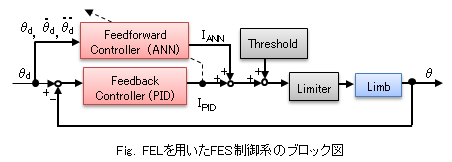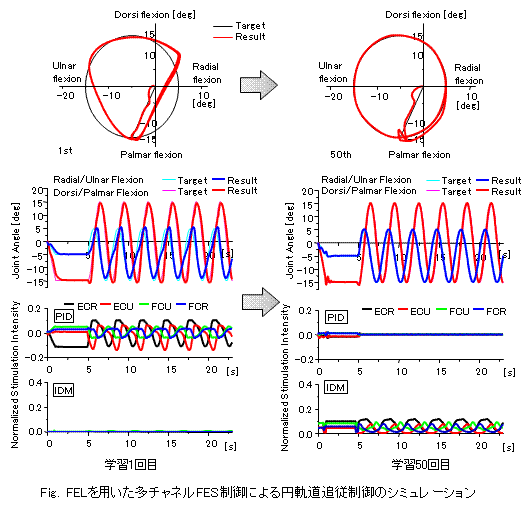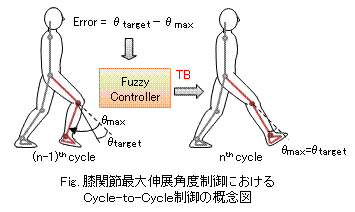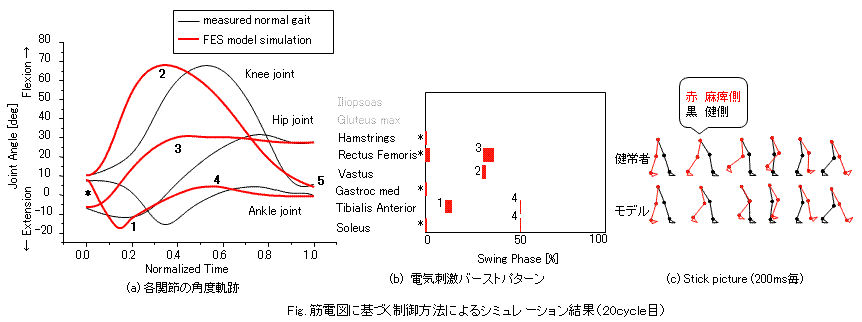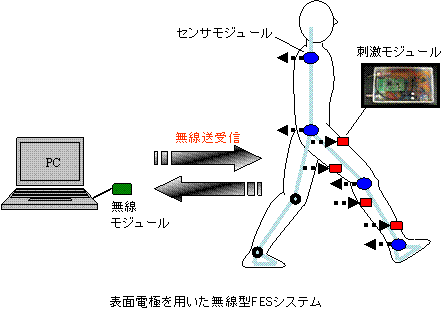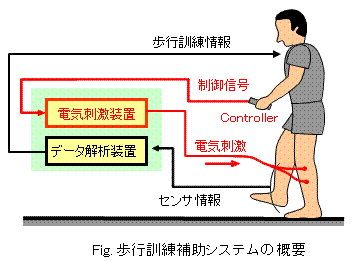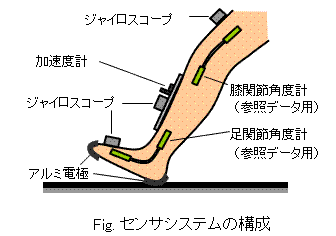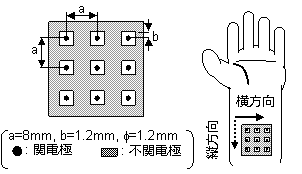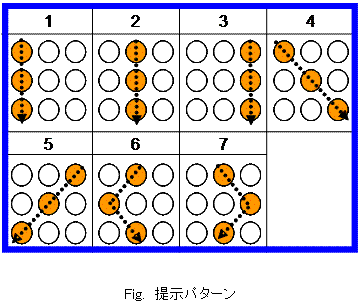Outline of Research Topics
Motor and sensory functions are paralyzed by spinal cord injury or cerebrovascular disease. The decrease in the motor function such as weakened lower-body or in sensory function of visual or hearing system are caused as a result of advanced age.
In our laboratory, technologies for restoring or assisting motor or sensory disabled persons, or elderly persons are widely studied so as to support independent daily life and then their social activities.
For instance, restoring motor functions of upper and lower limbs using functional electrical stimulation (FES), motor rehabilitation using electrical stimulation, development of wearable sensor system and its application to motor rehabilitation and daily training for health care are studied.
Sensory substitution system for persons with visual or hearing defects or with sensory paralysis, and assist system for elderly persons such as alert in driving are also studied using transmitting information by cutaneous sensation elicited by electrical or vibratory stimulation.
The current research topics are as follows:
Research Topics
- Motor control of paralyzed limbs by Functional Electrical Stimulation (FES)
- Motor rehabilitation system based on electrical stimulation
- Wearable sensor system to assist rehabilitation and health care
- Evaluation of motor function and training assist system
- Sensory information interface for handicapped or elderly persons
About Functional Electrical Stimulation (FES)
Functional electrical stimulation (FES), which uses electric current or voltage pulses applying to peripheral nerves or muscles, is a method of restoring or assisting motor functions lost by the spinal cord injury or the cerebrovascular disease.
Outline of the research is explained in the followings:
Basics of Functional Electrical Stimulation (FES)
About Functional Electrical Stimulation (FES)
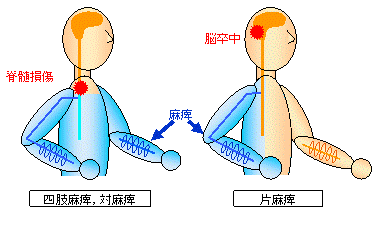
-
spinal cord injury
by traffic accident etc.
-
Cerebrovascular disease
such as the stroke
Paralysis of the motor function and the sensory function is caused.
The paralyzed motor functions can be
restored
if peripheral nerves and muscles remain intact, and if they can respond to
externally applied electrical stimulation.
This is a basic idea of
functional electrical stimulation (FES).
Examples of clinical application
A lot of studies on clinical applications and on engineering point of view have been performed.
The followings are examples of restoring or assisting of motor functions by FES in Japan.
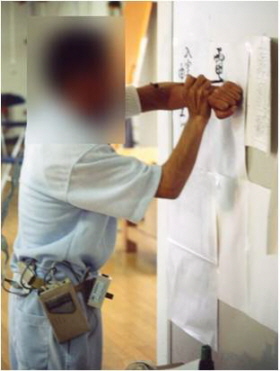
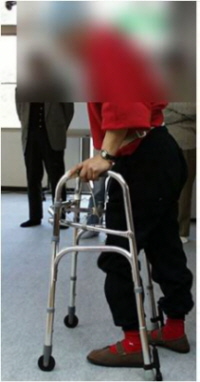
Restoration of shoulder movement of
hemipregic patient by FES
(left upper limb control)
|
Restoration of gait of parapregic patient by FES
(both lower limb control)
|
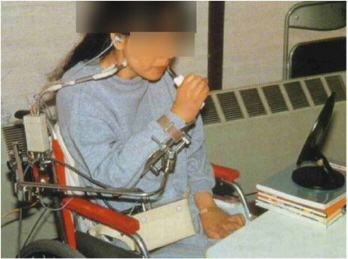
Restoration of motor function of quadriplegic patient by
controlling the elbow, the wrist and the fingers using FES
(open-loop control).
Research topics
Development of multichannel FES control system
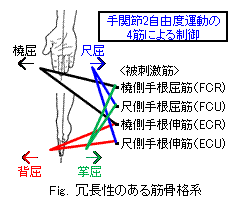
The musculoskeletal system that is the controlled object of FES has nonlinear, time variant characteristics.
Those characteristics are different between persons. In addition, there is redundancy in stimulation intensity determination because the number of stimulated muscles is generally larger than that of controlled movements (joint angles).
Therefore, the controller made it possible to give a method of solving the ill-posed problem in stimulation intensity determination has to be developed.
-
Application of feedback error learning (FEL) to FES control
Application of the Feedback Error Learning (FEL) to FES controller is studied using the multichannel PID controller developed in our Lab. A feedforward cntroller is realized by training artificail neural netwark (ANN) using outputs of the PID controller. The FEL controller for FES (FEL-FES controller) is examined in computer simulatin and experiments with subjects.
-
Multi-joint control of lower limbs with fuzzy FES controller
Walking is a complex multi-joint movement of the lower limbs. In the movement, three joints (hip, knee and ankle joints) are influenced each other.
Therefore, in order to restoter lower limb movements such as walking by using FES, a novel multi-joint control method is required.
In this study, a fuzzy FES controller implemented the cycle-to-cycle control method is studied for a multi-joint control of gait.
Development of wireless surface FES system
A portable FES system for surface electrical stimulation is developed in this study using wireless communication between controller and stimulator, and between controller and sensors.
Development of a novel rehabilitation system using FES
Development of a wearable sensing system
Quantitative evaluation of movements can be effective for motor rehabilitaion or daily exercise for healthcare.
Focusing on gait training, measurement methods of joint angle, gait events, stride length and so on are studied using inertial sensors such as gyroscope and accelerometer.
A wearable sensor system for simple gait analysis is developed.
Development of information presentation method for tactile display
This study aimed to realize a method of presenting dynamic electrocutaneous sensation patterns as a user interface for persons with disabilities.
When the instruction and the state of the control are shown to the user, cutaneous sensation can be effective because visual or auditory information presentation is used for other important role.
Documents concerning functional electrical stimulation (FES)
Under construction now. It is an upcoming schedule.







